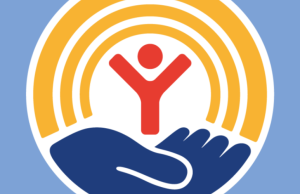The call from a reporter to Hillsides, a foster care and mental health charity in Pasadena, Calif., set in motion a communications plan that resulted in more than 132.5 million impressions via media outlets from content developed and owned by the nonprofit.
The organization was able to strengthen its reputation, increase brand awareness, inform people on the use of psychotropic medication, and prevent major donor fallout, according to Carrie Espinoza, chief advancement officer, and Marisol Barrios, MSPA, APR, senior director of communications and marketing for the facility.
Espinoza and Barrios made their comments during a session “How to prepare a crisis communications plan to prevent major donor and foundation fallout,” during the recent Association of Fundraising Professionals’ annual international conference in San Antonio, Texas.
The reporter was working a package of residential treatment stories. She asked for an interview with the chief executive officer, a tour of the residential treatment center for youth in foster care, and an interview with a consulting psychiatrist. The organization’s goal was to preempt any possible negative or damaging outcome of a published article by strengthening visibility in the public.
The team created favorable content over the course of several months in advance of any articles, general or otherwise. It included research analysis of legislation pertaining to psychotropic medication for children in foster care and the review of the reporter’s previous articles.
The organization published and distributed three success stories of clients. There was a blog post on how foster care system has changed during the past 25 years due to local, state and federal laws. The organization also published and then pitched stories on behind-the-scenes of long-term employees.
They also prepared stakeholders, major and foundation partners.
Over the course of four months, staff wrote four success stories instead of three, publishing them on the organization’s website, distributing them to local media outlets, and posting on social media. Previous content was repurposed and posted.
When “psychotropic medication Hillsides,” was searched online, three of the repurposed blog posts placed in the top five search engine hits. This activity positioned the nonprofit to spread its message through its owned content, said Espinoza and Barrios.
The work yielded 123,424 impressions on the organization’s social media and 1,121 new users of the website, they told the audience. The behind-the-scenes stories of long-term employees and seven additional articles produced 132,596,292 impressions via media outlets.
When the story package come out, a statement was posted on the website, sent to the board of directors, employees, major donors, and posted on our social media. Two outlets published the written statement completely.
It was roughly seven months from the first contact until the stories ran. The organization wasn’t even mentioned in one of them. While there were some negative impressions, the organization was able to strengthen its reputation, increase brand awareness, inform people on the use of psychotropic medication, and prevent major donor fallout, Espinoza and Barrios told those in the session.
The lesson – keep calm and control the message.










